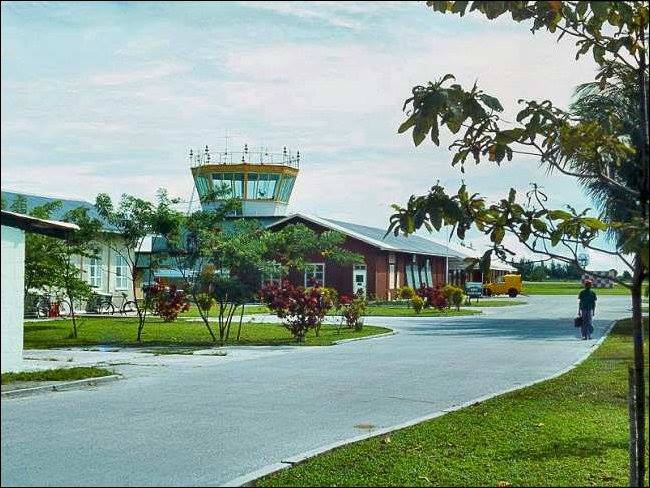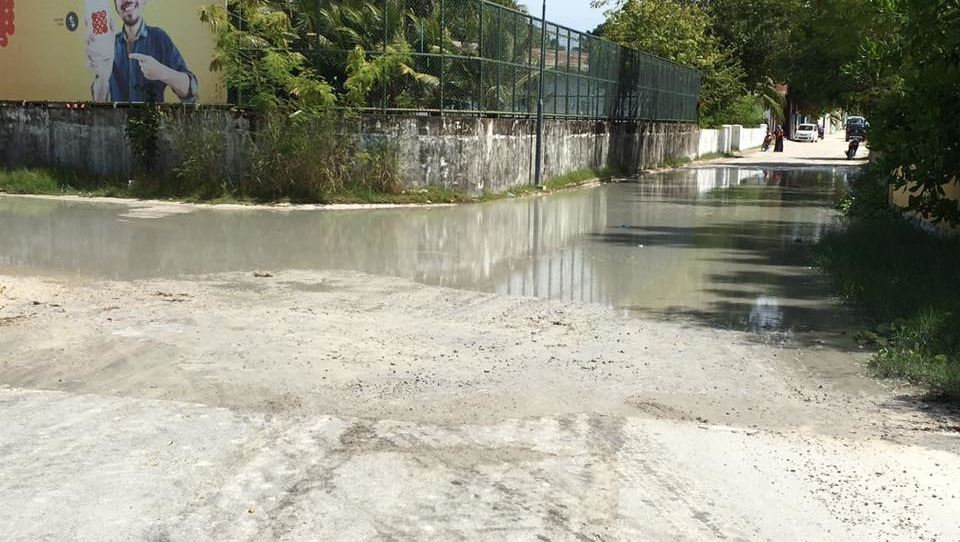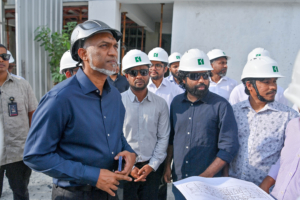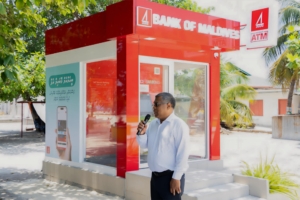The current situation of the southern islands in Maldives cannot be justified without shedding light upon its history in order for you to have a better picture of how it came to be one of the (arguably) most neglected few islands within the archaeology throughout the history of Maldives. But to keep this short and interesting, I will be focusing on former Addu Atoll, now renamed Addu City in the most southern tip of Maldives situated between Maldives and Diego Garcia.
Home to some of the most reputable traders and academics in the history of the country, Addu City has some great potential in terms of it’s human capital. The people of Addu are a friendly folk where almost all of them speak and understand both written and spoken English. This comes as no surprise because there used to be a Royal Air Force (RAF) base from the times it was declared as a protectorate of British Empire during the Second World War era and the locals are no strangers to foreigners. But it goes deeper.

From the time Maldives first embraced Islam, Addu has always been a center for controversy mainly due to the rebellious nature of the people there. But for the sake of keeping true to the topic of this article, I will try to stick to Suvaadeeb revolution, which was a real life Game of Thrones story from our history. In summary, the government in the central region left the southerners to fend for themselves during the Second World War era which was like a death sentence for the inhabitants at the time. This resulted in a revolution against the government in the north and the formation of a separate state named “Suvadive” in the south of Maldives consisting of Addu, Fuvahmulah and Huvadhoo at the time.
The past and present for those from the south is quite similar or, it may seem like so for a couple of reasons. There are many social and political factors affecting the overall progress of the micro-economies of the islands which are still frozen or in a state of limbo in time since 1950’s. The most urgent factor which has blockaded the development of the islands is the state of transportation infrastructure and roads in particular which are in dire need of renovation. In addition to this, a vast majority of youths in the islands are jobless and have no way to make an income due to lack of opportunities. For those who want to earn a better income either have to go to a resort or to the Greater Male’ region.

The global pandemic has made the situation worse. This could be easily linked to the Greater Male’ Region centric policies which the governments had adopted and the failed decentralization and wealth distribution among-st the islands. The current government lead by Maldivian Democratic Party (MDP) is slowly addressing some of the issues faced by the islands in a “leisurely” manner. For example, the government has plans to renovate, repair and develop the roads of Addu City through loans and credit finance facilities by India. Restarting the Gan-Huvadhoo seaplane operations which will eventually lead to more international flights directly linking Addu City to the rest of the world and opening more opportunities for tourism is also one of these steps taken by the current administration.
Addu City, compared to Male’, has great potential in terms of land, location and people. The possibility of developing Addu as a trade hub is very real mainly due to where it is located in. Airport hotels, yacht marinas, shipping and passenger liner ports are all justified possibilities and will prove to benefit the whole country if considered and made real. From what it is today, Addu International Airport is yet to be utilized at its best capacity and the few resorts which operate in Addu are barely surviving due to the high price and tax imposed by the national airline for tourists. Srilankan and South African airline are the only two international flights that land in Addu International Airport on a scheduled basis, but both of them have stopped amid the Covid-19 pandemic. The possibilities are really only limited to the governments will to develop the region and it is good to see some progress happening. It maybe slow but progress is progress I guess.

With that being said, the leadership has yet to find a strategy to bring in foreign investors and create more opportunities for the youth of the islands. Decentralization, local tourism and bed capacity development are common words which we find on all the manifestos of political promise letters for more than 55 years. One of the most significant factors which remain as the “Great wall” between the development of the islands is the governments dirty love affair with centralization. The Maldives being an island nation, cannot adopt development models which work in other countries because of the geography of the country. The government keeps neglecting the potential income generators by funneling all the money from taxes and other means to develop “Greater Male” area is a poor decision as the World Bank had recently advised the Maldives to put a hold on all unnecessary projects till the economy recovers.
So whats the solution?
The key word here is “Decentralization” but, decentralization alone will not solve the greater issues faced by the islands in the south. It requires government to make a long term development plan which includes plans to invest more in islands based on their future revenue generating potential. This is vital for Maldives for many reasons, and the biggest reason is the use of an arbitrary plan susceptible to change every election year. These plans need to include ways to improve the condition of transportation and other basic infrastructure required for developing the islands and make the destinations look more attractive to foreign and local investors.





